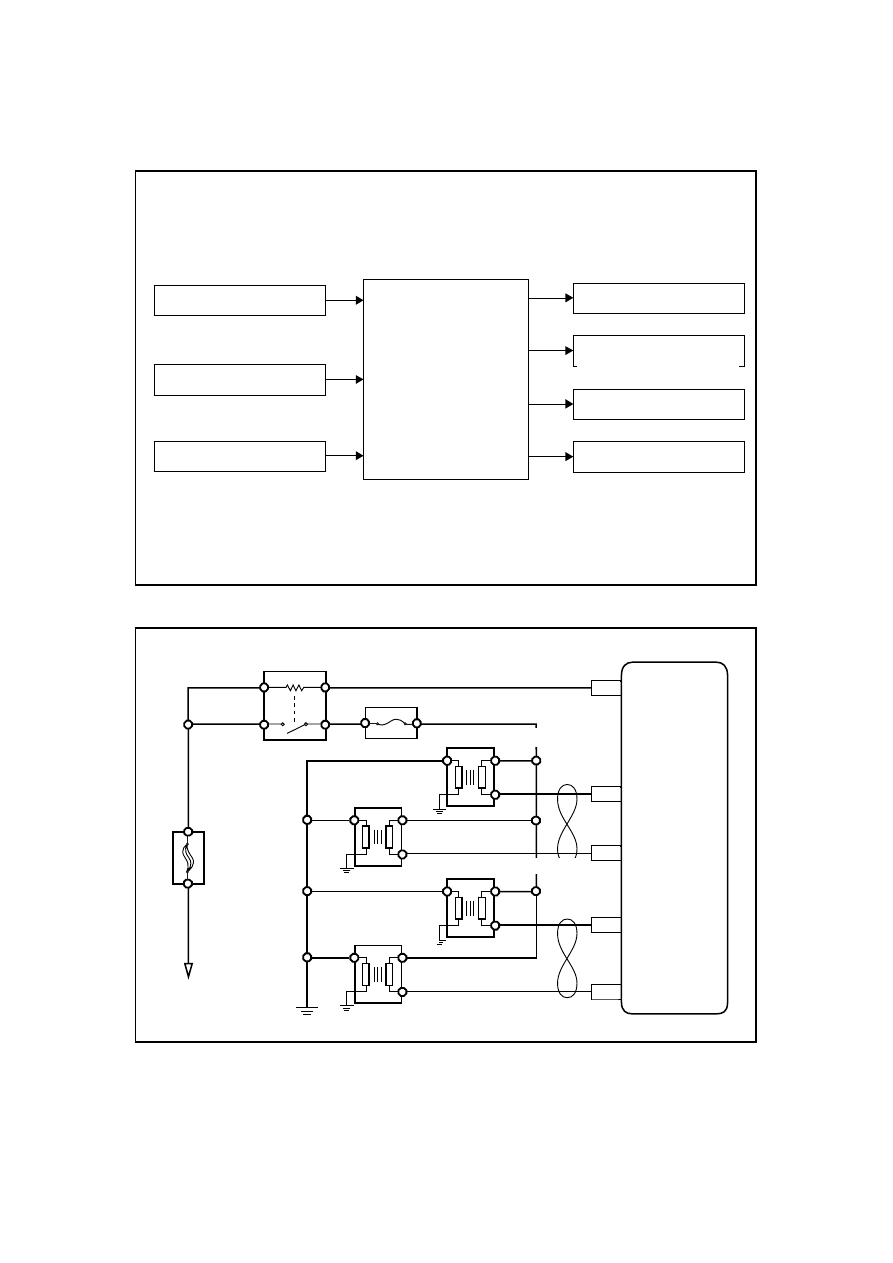содержание .. 150 151 152 153 154 ..
Geely Emgrand X7. Manual part - 153

2.10.5 Electrical schematic diagram
2.10.5.1 Electrical schematic diagram
曲轴位置传感器
发动机控制模块
ECM
凸轮轴位置传感器
1缸点火线圈
2缸点火线圈
3缸点火线圈
4缸点火线圈
爆震传感器
NL02-0067c
蓄电池
EF40
EF21
主继电器ER09
87
30
86
85
4
EM01 COILA
EM01 MPR
1
EM01 COILB
81
44
EM01 COILD
62
EM01 COILC
发
动
机
控
制
模
块
一缸点火线圈
3
1
2
二缸点火线圈
3
1
2
三缸点火线圈
3
1
2
四缸点火线圈
3
1
2
NL02-0049c
Crankshaft position sensor
Camshaft position sensor
Knock sensor
Engine control module
1st cylinderignition coil
2nd cylinderignition coil
3rd cylinderignition coil
4th cylinderignition coil
Main relay ER09
Battery
One cylinder ignition coil
Two cylindersignition
coil
Three cylindersignition coil
Four cylinderignition
coil
Engi
ne
contro
l
modu
le
611